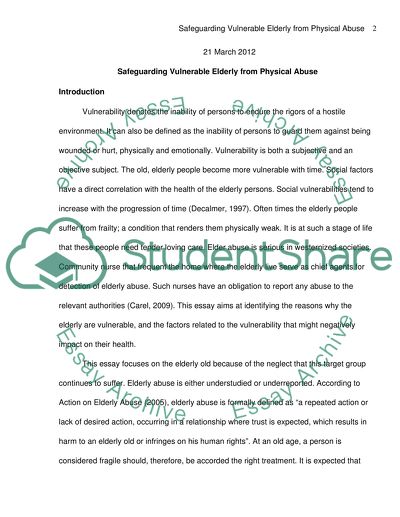Cite this document
(“Safeguarding Vulnerable Elderly from Physical Abuse Essay”, n.d.)
Retrieved de https://studentshare.org/nursing/1445680-safeguarding-vulnerable-elderly-from-physical
Retrieved de https://studentshare.org/nursing/1445680-safeguarding-vulnerable-elderly-from-physical
(Safeguarding Vulnerable Elderly from Physical Abuse Essay)
https://studentshare.org/nursing/1445680-safeguarding-vulnerable-elderly-from-physical.
https://studentshare.org/nursing/1445680-safeguarding-vulnerable-elderly-from-physical.
“Safeguarding Vulnerable Elderly from Physical Abuse Essay”, n.d. https://studentshare.org/nursing/1445680-safeguarding-vulnerable-elderly-from-physical.


